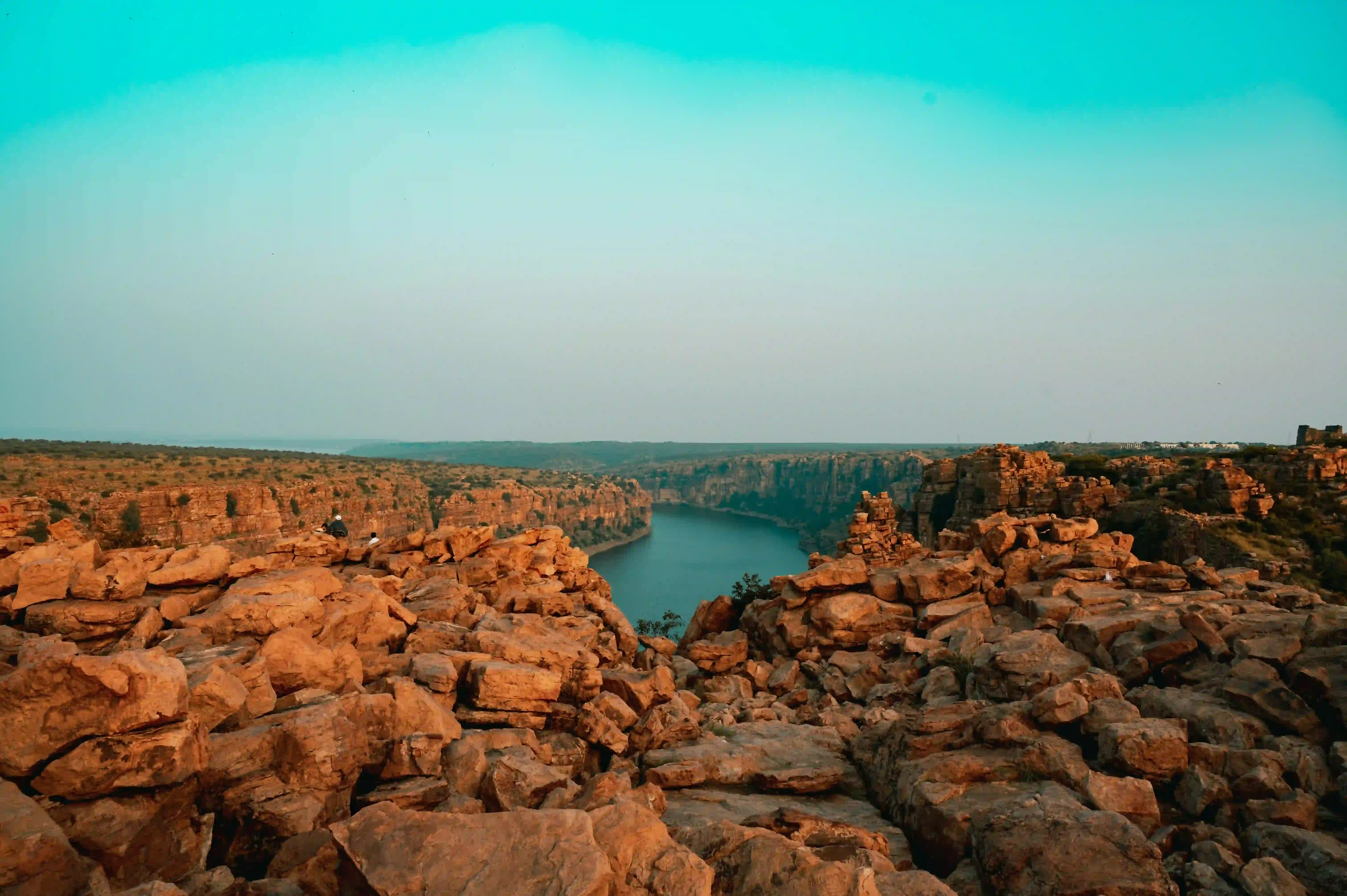The Neyyar Wildlife Sanctuary represents a profound ecological treasure nestled within Kerala's verdant landscape. Established in 1958, this sanctuary embodies a remarkable commitment to preserving the intricate biodiversity of the Western Ghats. The region's ecological significance is deeply intertwined with the Neyyar River, which originates from the mystical Agasthyamalai peak, a landscape steeped in natural and cultural mythology.
The sanctuary's geographical composition reveals a complex ecosystem characterized by diverse habitats and microclimates. Spanning across various ecological zones, it encompasses pristine forest areas, water bodies, and unique geological formations. The Core Zone remains virtually untouched, representing the most pristine segment of this ecological haven, while the Buffer and Ecotourism Zones provide carefully managed spaces for scientific research and controlled visitor experiences.
Biodiversity represents the cornerstone of Neyyar Wildlife Sanctuary's ecological importance. The region hosts an extraordinary array of flora and fauna, including several endangered and endemic species. Notable inhabitants include the Nilgiri Tahr, a remarkable mountain goat species, the elusive Lion-Tailed Macaque, and the Nilgiri Langur. These species symbolize the sanctuary's critical role in wildlife conservation and genetic preservation.
The sanctuary's infrastructure includes specialized conservation facilities that enhance its scientific and educational value. The Crocodile Rehabilitation and Research Centre, established in 1977, stands as a testament to the region's commitment to wildlife preservation. Similarly, the Lion Safari Park offers a unique opportunity for visitors to observe these magnificent predators in a controlled yet naturalistic environment, contributing to both conservation awareness and ecological education.
Geological and hydrological features play a significant role in defining the sanctuary's ecological character. The Neyyar Dam, constructed in 1951, has been instrumental in transforming the landscape's water management dynamics. This infrastructure not only supports irrigation needs for Kerala and Tamil Nadu but also creates diverse aquatic habitats that support numerous species and contribute to the region's overall ecological balance.
Human interaction with the sanctuary has been carefully managed to balance conservation needs with sustainable development. The establishment of a dedicated Wildlife Division in 1982 marked a crucial milestone in professional ecological management. This administrative approach has been critical in mitigating potential conflicts between human settlements, particularly tribal communities, and the sanctuary's conservation objectives.
The sanctuary's significance extends beyond mere ecological preservation, encompassing broader environmental and cultural narratives. The Agasthyamalai peak, integral to the sanctuary, represents more than a geographical feature—it embodies deep cultural and spiritual significance. Local legends associate this landscape with sage Agasthya, connecting natural preservation with profound cultural and spiritual traditions that have long respected ecological balance.
Ultimately, Neyyar Wildlife Sanctuary represents a dynamic ecosystem where natural preservation, scientific research, and cultural reverence converge. Its continued management reflects a sophisticated understanding of ecological conservation, blending traditional knowledge with modern scientific approaches. As a critical component of the Western Ghats' biodiversity, it serves not just as a protected area, but as a living laboratory of ecological interaction and preservation.









